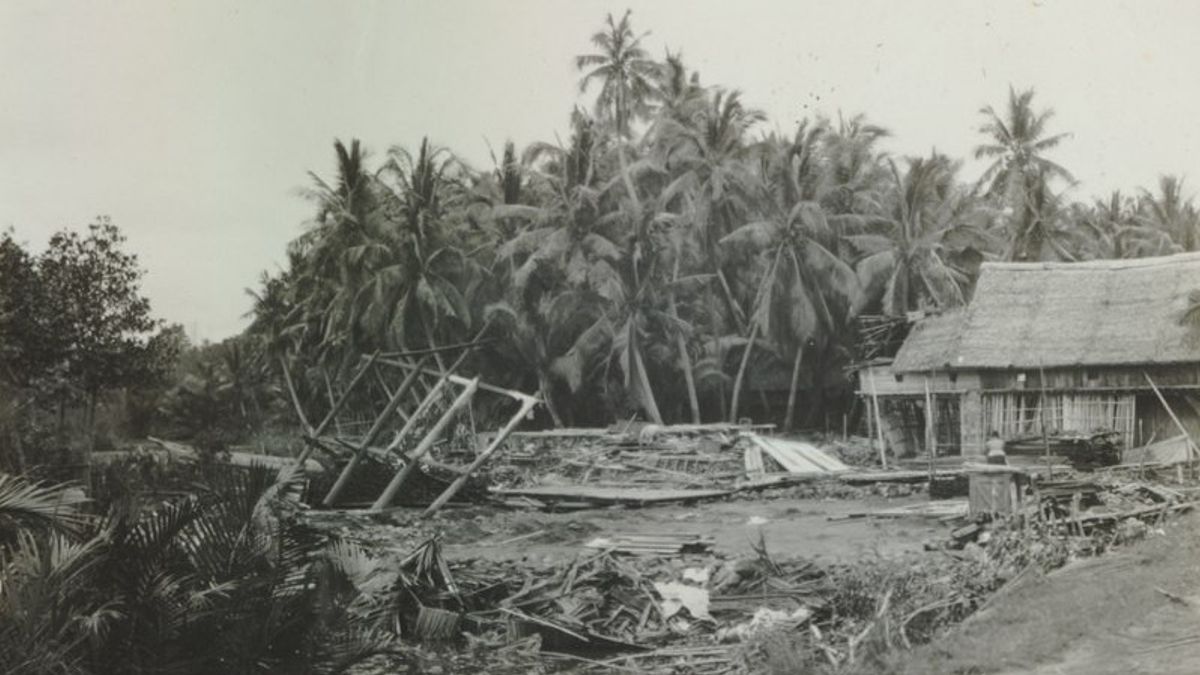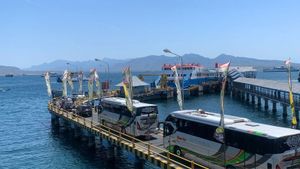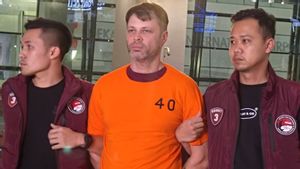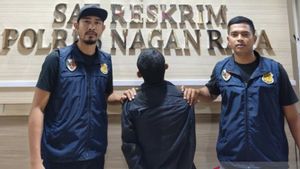JAKARTA - Indonesia is a country prone to earthquakes and tsunamis. One of them is because Indonesia is located in an area where four tectonic plates meet: the Indo-Australian, Eurasian, Pacific and Philippine Sea plates. One of the deadliest disasters was the earthquake and tsunami in South Sulawesi in 1938. Property was lost. Lives flew. The trauma was hereditary. Stories about the tsunami sweeping through villages were immortalized in poetry.
In the Land of the Equator, disaster can strike at any time. Even natural phenomena that trigger earthquakes and tsunamis can occur anywhere. From the west to the east. Take the earthquake and tsunami in Central Sulawesi in 1938.
This incident is nothing new for the people of Palu, Sigi, Parigi, and Donggala. Because, less than eight years back, or to be precise in 1930, there was an earthquake that provoked a tsunami. The high waves of up to two meters ravaged Central Sulawesi. Casualties fell, buildings collapsed, and it was difficult for people to get up.
Likewise, the earthquake and tsunami on May 10, 1838. The natural disaster came unexpectedly. The earthquake occurred when most of the Bumiputras in Central Sulawesi were still sleeping, namely in the early hours of the morning at 01:08.
An earthquake measuring 7.6 on the Richter Scale immediately forced all residents of Central Sulawesi to flee their homes. Before the panic was over, the earthquake actually provoked a tsunami as high as four meters. The experience of the previous big earthquake, made all residents immediately choose to take shelter to a high place to save themselves.
“This earthquake also caused a down-lift or land subsidence in parts of the Palu Bay area. In the radio interview, Seismic Observer Abdullah said that as a result of the earthquake, 50 houses and pipelines in Palu were damaged, 11 houses in Wani village, 30 houses in Tawaeli, and 60 houses in Donggala were damaged. In Mamboro, the market location was swallowed up by the tsunami. The area has even become a sea.”

"Not only that, according to Abdullah, who told the story based on residents' narratives, in Mamboro several people were swept away by the waves and a woman of Chinese descent drowned. According to the people of Mamboro, from a recounting by Slamat Anugrah, the Chinese descendant was named Ban Ho. The epicenter of the earthquake is estimated to be Kulawi, Sigi," said Ruslan Taher Sangadji in the book Living on the Palu Koro Fault: Fate is not a punishment (2019).
The condition of Mamboro village, which is on the west coast of Donggala, was badly damaged. The houses and coconut trees were swept away by the tsunami waves. The condition is not much different from Parigi. The area was the most devastated by the earthquake and tsunami.
The natural disaster caused dozens of people to die, 942 houses collapsed, 184 houses were damaged, and government facilities were completely destroyed. If the total damage reached 50 thousand guilders.
The parents of Ciputra businessmen, Tjie Sim Poe and Lie Eng Nio also gave a story about the tremendous magnitude of the earthquake and tsunami in Parigi. At that time his parents lived in Parigi. While Ciputra himself already lives with his grandfather and studies in Gorontalo. As a result, when the earthquake and tsunami came, his parents felt a tremendous panic. The panic stuck in Ciputra's memory because it was said continuously.
“In 1938 there was a great earthquake in Central Sulawesi which caused a huge tsunami in Tomini Bay. Parigi is a ravaged village. Luckily, Papa and Mama survived. But they no longer want to build houses and continue to live in Parigi: Incidentally, Engkong owns a grocery store in Bumbulan which is managed by his employees. He then entrusted the shop to Papa,” said Ciputra as written by Alberthiene Endah in the book Ciputra The Entrepreneur: The Passion of My Life (2018).
Memories that can't be lost
The earthquake and tsunami disaster in South Sulawesi attracted international attention. The Queen of the Netherlands, Wilhelmina spoke up. He expressed his condolences to all the people of the Dutch East Indies who were affected by the disaster.
In a report in the Het Vaderland newspaper on June 15, 1938, it was also reported that Queen Wilhelmina had prepared a fund of 1000 guilders to help the victims of the South Sulawesi disaster rise from adversity. The aid was handed over directly through the intercession of the Governor-General of the Dutch East Indies, Alidius Tjarda van Starkenborgh Stachouwer (1936-1942).
The Dutch East Indies Salvation Army organization did not forget to provide assistance. The amount given was even greater than that given by the Queen of the Netherlands. The aid from the London-based organization reached 10 thousand guilders.
All of the aid was intended to rebuild the affected schools. Moreover, to help all citizens of Central Sulawesi to rise. Salvation Army officials also intervened directly to provide assistance. They went directly to the disaster site.
However, getting up is not an easy matter. Many earthquake survivors have experienced prolonged trauma, even for generations. From generation to generation. All the natives in Central Sulawesi, especially the Kaili tribe, perpetuate this.

They recorded earthquake-related memories in the speech tradition known as Kayori. Poems related to the village swaying and sinking to one side serve as a reminder. The other side, serves as a disaster map.
"It is only natural that the allegations of this verse lead to the earthquake and tsunami that occurred in 1938. Because the disaster caused Mamboro to be swept away by waves and made the area experience land subsidence."
“A similar incident also occurred in the Tondo area so it was called Kaombona which means a collapsed place. For the younger generation - especially the Kaili Tribe, Kayori related to disasters can be referred to as indigenous knowledge so that in the future losses due to earthquakes and tsunamis can be anticipated," explained Ibe S. Palogai and Lala Bohang in the book Kayori: The Art of Recording Disasters (2021). ).
To commemorate the earthquake and tsunami in Central Sulawesi, many varieties of Kayori were created. Many of them summarized the sadness of seeing their village destroyed by the tsunami. Here's one of them:
Goya-goya Gontiro (Shake in Change)
Toka bonga loli'o (Looking down the Kabonga people and Loli Oge)
Palu, Tondo, Mambro matoyomo (Palu, Tondo, and Mamboro have sunk)
Kamolue melantomo (The remaining Kayumalue is floating).
*Read other information about NATURAL DISASTER or read other interesting articles from Detha Arya Tifada.
Other MEMORIESThe English, Chinese, Japanese, Arabic, and French versions are automatically generated by the AI. So there may still be inaccuracies in translating, please always see Indonesian as our main language. (system supported by DigitalSiber.id)












